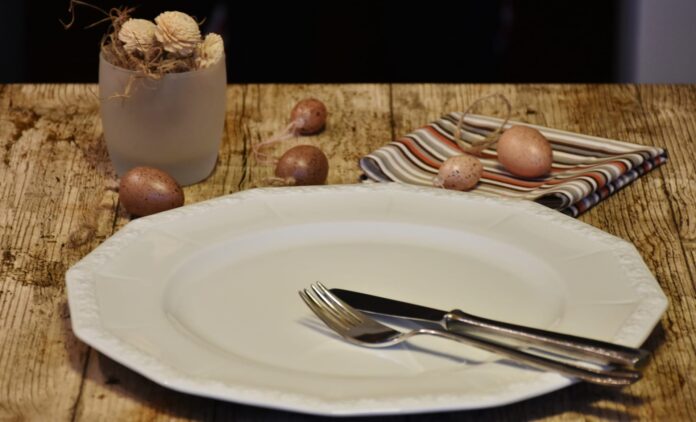The black fast is merely an older tradition of fasting in the Catholic Church. It is done especially during Lenten periods or other special celebrations. Most Catholics spent all or part of Lent in a fast that featured only one meal per day, which could not include any meat, meat by-products, or oils up until about the 13th or 14th century. Gradually, additional meals or snacks were added, making the heavy fast light a bit.
Today, the Western Catholic Church has much less challenging fast requirements for Lent, though many Eastern and Eastern Orthodox Churches may follow rules slightly resembling the black fast.
Until the Middle Ages, the typical black fast allowed for a single meal that couldn’t include eggs, milk, or meat. Appropriate food choices were things like lentils or beans. The meal was often eaten at the end of the day, after sundown.
Some people were exempt from the fast. Very young children or the old and ill weren’t always required to do fast. Others had to observe, and the fast got very rigorous during the last week of Lent. Usually, the only thing consumed during Holy Week was a single, nightly meal of bread and water, which might be accompanied by herbs and salt.
A single meal of bread may not seem too challenging, but in the historical context, numerous nights of observing the black fast could have been exceptionally punishing to the body. This is especially the case because so many people were laborers. Though Catholic leaders meant these fasts to promote inner clarity and to demonstrate duty to God, they could be difficult to bear.



